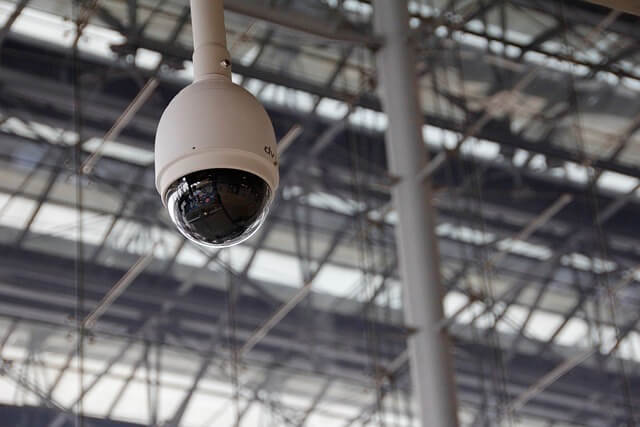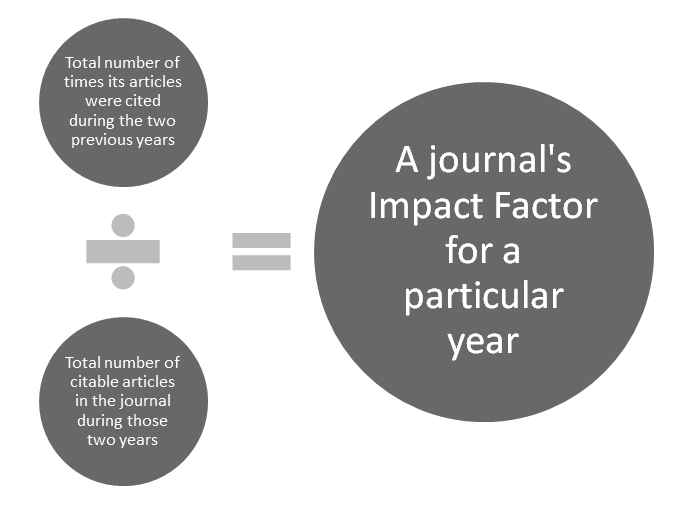Introduction
Healthcare facilities are facing a growing number of security threats. According to a 2024 study by the International Association for Healthcare Security and Safety (IAHSS), 82% of hospitals reported an increase in violence or threats of violence against staff. Additionally, a report from the U.S. Department of Health and Human Services highlights that data breaches in healthcare rose by 93% between 2022 and 2023. These statistics reflect a pressing need for more advanced, intelligent security systems within healthcare environments.
As a result, many healthcare providers are turning to artificial intelligence (AI) to enhance their security infrastructure. This article explores how AI-powered cameras are revolutionizing hospital security. It examines their role in monitoring, threat detection, patient safety, and regulatory compliance. It also addresses implementation challenges and best practices to ensure successful deployment.
Why Traditional Security Systems Are No Longer Enough
Traditionally, healthcare facilities relied on basic CCTV systems to monitor premises. However, these systems often lack the real-time intelligence needed to prevent incidents proactively. For example, they require constant human monitoring, which is prone to fatigue and error.
Therefore, as healthcare environments become more complex and threats more sophisticated, traditional surveillance is proving insufficient. Manual video review is time-consuming and reactive, often addressing issues after they occur rather than preventing them.
How AI-Powered Cameras Enhance Threat Detection
To address these limitations, AI-powered surveillance systems offer real-time video analytics. These cameras can identify unusual behaviors, such as unauthorized access or loitering, without the need for human intervention. They can also detect weapons, identify individuals using facial recognition, and alert staff instantly.
Moreover, the technology can differentiate between routine and suspicious activity. This helps reduce false alarms and allows security teams to focus on genuine threats. Over time, the AI model becomes more accurate through machine learning, improving incident prediction and response.
Integration with Healthcare Security Infrastructure
Consequently, integrating AI-powered surveillance into broader healthcare security systems allows healthcare facilities to unify video analytics with tools like access management, visitor tracking, and emergency alerts. According to industry insights, combining AI cameras with existing security infrastructure enables centralized monitoring and smarter decision-making.
For example, if an unauthorized individual enters a restricted area, the AI system can cross-reference badge data, notify on-site security, and initiate automated lockdown procedures. This creates a more responsive and efficient security operation.
Improving Patient Safety and Care Standards
Furthermore, AI cameras support patient care by monitoring high-risk individuals, such as those with dementia or behavioral disorders. These systems can detect falls, wandering, or signs of distress and alert nursing staff immediately.
In intensive care units, AI can track patient movement and facial expressions to assess discomfort or pain. This reduces reliance on manual checks and enables faster interventions, ultimately improving patient outcomes.
Streamlining Regulatory Compliance and Reporting
In addition, compliance with healthcare regulations such as HIPAA and the Joint Commission standards is critical. AI-powered cameras help organizations maintain audit trails, monitor staff adherence to hygiene protocols, and document security incidents accurately.
They also simplify reporting by automatically generating logs and analytics. This not only ensures regulatory compliance but also provides evidence in case of litigation or insurance claims.
Addressing Privacy and Ethical Concerns
Still, the use of AI in surveillance raises concerns about privacy and ethical use. To mitigate these risks, organizations must implement strict access controls and anonymize data where possible.
Transparency with patients and staff is also essential. Facilities should clearly communicate how surveillance data is used and stored. Compliance with national and regional data protection laws should be a top priority.
Challenges in Implementation
However, deploying AI-powered surveillance systems in healthcare settings comes with challenges. These include high initial costs, integration with legacy systems, and staff training.
Additionally, AI models require large amounts of data to function optimally. This means facilities must invest in robust IT infrastructure and secure data storage solutions. Change management is also vital to ensure smooth adoption.
Best Practices for Successful Deployment
To overcome these barriers, healthcare organizations should begin with a pilot project. This allows them to assess system performance and identify potential issues before full-scale implementation.
Equally important is involving stakeholders from IT, security, and clinical departments. Cross-functional collaboration ensures that the system meets operational needs and complies with privacy regulations. Regular training and system updates are also crucial for maintaining performance.
FAQs
Are AI-powered cameras allowed under HIPAA regulations?
Yes, as long as they do not capture identifiable patient information or are used in accordance with privacy rules and safeguards.
Can AI cameras completely replace human security staff?
No, they are designed to augment human efforts, not replace them. Human judgment is still needed in complex situations.
How long does it take to implement an AI-powered camera system?
This depends on the size of the facility, but pilot implementations can be done in a few weeks, while full deployments may take several months.
Conclusion
In conclusion, AI-powered cameras offer a proactive, intelligent approach to healthcare security. They improve threat detection, enhance patient safety, support compliance, and streamline operations. While challenges exist, strategic planning and stakeholder engagement can ensure successful adoption. Healthcare providers must prioritize technology that aligns with both their security goals and ethical responsibilities.
Key Takeaways
- Traditional surveillance methods are insufficient for modern healthcare threats.
- AI-powered cameras enable real-time detection and reduce false alarms.
- Integration with other systems enhances response and situational awareness.
- Patient safety and compliance can be significantly improved.
- Successful deployment requires planning, training, and infrastructure readiness.



